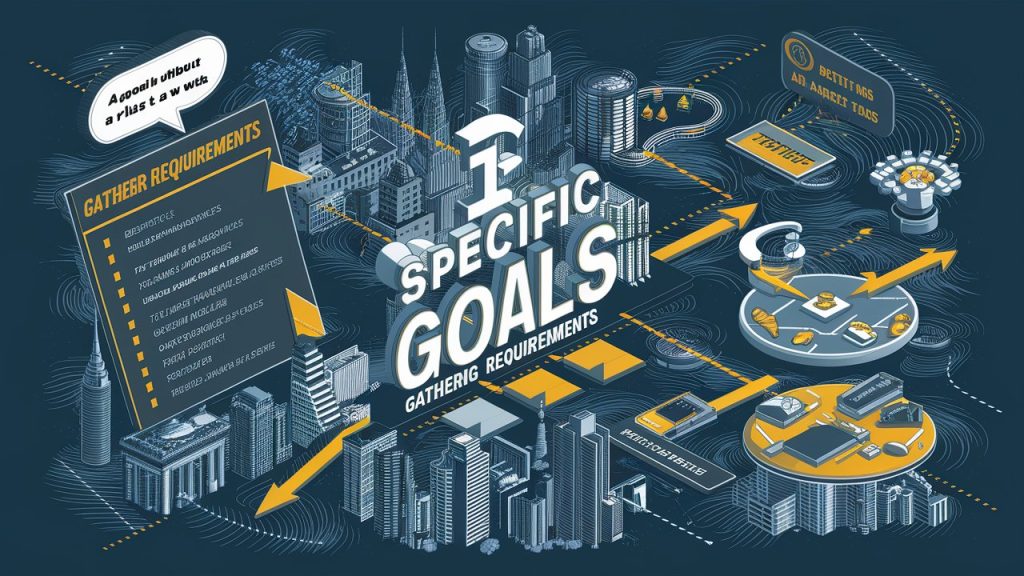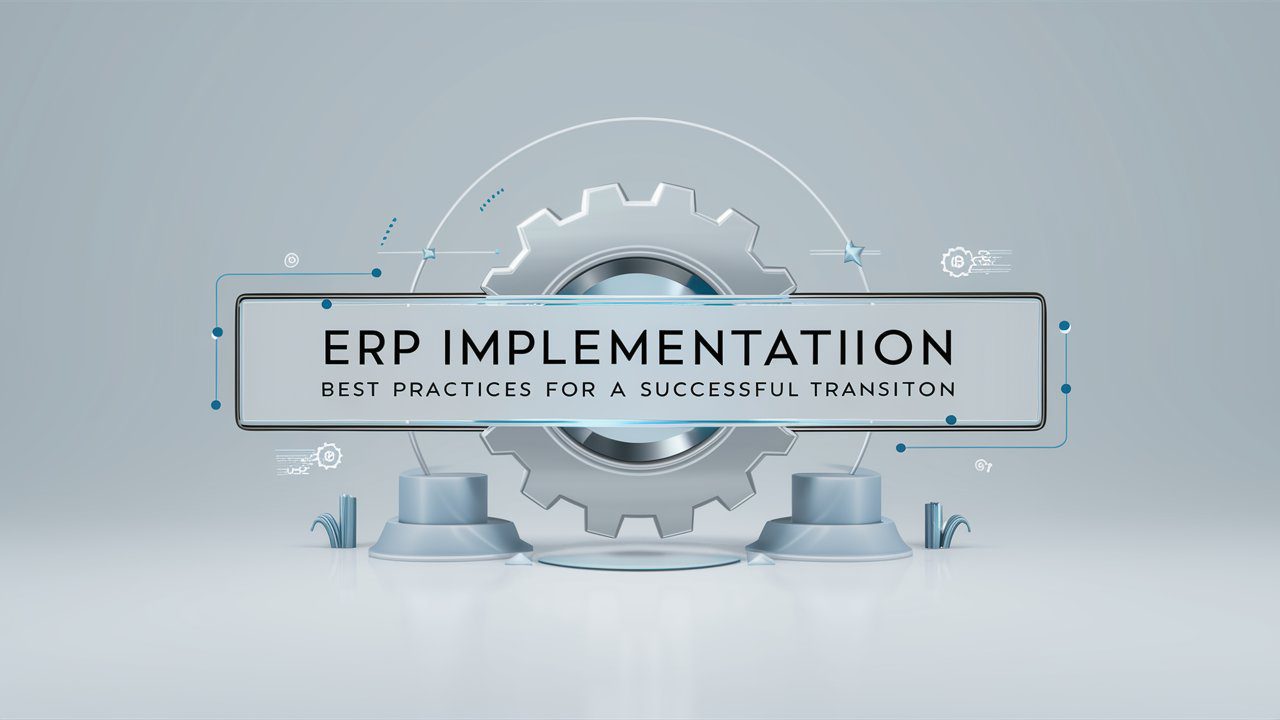The introduction of an ERP system is a very serious project that depends on proper planning, coordination and execution. Effective ERP has a huge potential to enhance the flow of business processes, make the processes more effective, and put the basis for company’s future development. Here are some best practices to ensure a smooth transition and Will Get he Knowledge About The ERP Implementation Best Practices for a Successful Transition. Explore more about our company on [our homepage], Here are some best practices to ensure a smooth transition:
Define Clear Objectives and Requirements

Set Specific Goals
Before the implementation process, the goals and the anticipated results should be stated and understood. Determine the actual requirements that the implementation of ERP is going to solve, for instance, in a manufacturing company it may focus on inventory control or in a service industry it may focus on customer relations or the finance section may require better controls.
Gather Requirements
Consult stakeholders from different departments so that the precise requirements can be given. It involves knowing how the employees use the system, their complaints, and their expectations to the organization’s needs regarding the ERP system. It is recommended to document these requirements and rank them according to your business value.
Secure Executive Sponsorship and Involvement

Gain Executive Support
Much of the support in this process comes from top management. The management should support the project, provide the required resources and also be involved in major decisions of the project. It assists in reducing resistance as well as in making progress and getting commitments through.
Communicate the Vision
Managers involved and all other employees in the organizations should be fully informed of the reasons and what the implementation of the ERP would bring. This aids in realignment of the people in an organization with some overall organizational objectives and minimizes change resistance.
Choose the Right ERP System and Implementation Partner

Evaluate ERP Solutions
Carry out extensive investigation in order to ensure that you acquire the most suitable ERP system for your organization. These include flexibility of the system to accommodate more users, extent to which the system allows for customization, ease of use and the price. Compare with other vendors and ask for a live presentation.
Select a Reliable Partner
When selecting the implementation partner, it is wise to select one whose experience corresponds to the industry of the firm or organization in question. ERP Implementation Best Practices, A good partner will offer inputs on its value proposition and other business strategy-related input; as well as help with technicalities and training when rolling out the implementation process of the chosen solution. Dive deeper into our [blog posts] for in-depth insights and examples.
Plan and Manage the Project Effectively

Develop a Detailed Plan
Create a comprehensive project plan outlining all phases of the implementation, from initial planning to post-implementation support. Include timelines, milestones, resource allocation, and risk management strategies.
Assemble a Competent Team
From a dedicated project team with representatives from key departments. Ensure team members have the necessary skills and authority to make decisions. A strong project manager should lead the team, coordinating activities and resolving issues.
Analyse on Data and Understanding for Data Migration

Ensure Data Accuracy
Many organizations translate data without cleaning it up which leads to inconsistencies in the new environment. Implementation issues are also faced due to data quality problems with severe ramifications during and after it. Perform the effective testing in order to ensure data accuracy.
Integrate Seamlessly
Check their compatibility with existing ERP system and the workflow that the firm is already using. Regarding potential issues of integration, it is necessary to predict possible problems and prepare the solutions for their mitigation. The implementation of such integration ensures that the disruptions are reduced to the bare minimum while efficiency is increased.
Train and Support Users

Provide Comprehensive Training
Emphasize at the training of all the actors who are involved with the technology on the organizational needs and concerns. More specifically, training should be role-based, and thus include technical, as well as process skills related to the ERP system and the processes it underpins. ERP Implementation Best Practices, The proper approach to the constant training of the customers who will be using and navigating through the platform is helpful in making them confident and as well proficient.
Offer Ongoing Support
Constitute a helping mechanism to support users after the implementation process. These are a help-desk, uplink and feedback to solve any problem and follow up on improvements on the system. Discover our full range of [services] to see how we can bring your app vision to life.
Monitor and Evaluate Performance

Track Key Metrics
Identify the measures that would mean success in the actualization of the ERP system implementation program. The important metrics that should be tracked to determine if the system is achieving its intended goals and providing the expected value are/List the measures that should be taken to track the system’s success regularly.
Conduct Regular Reviews
Carry out periodic assessment that will enable the organization to notice any changes in the effectiveness of the system and bring in improvements where necessary. Collect feedback from the users and the stakeholders to bring modifications and improvements.
Conclusion
Many different and interconnected reasons contribute to why ERP implementation is hard and why it has to be done correctly; this would include the need for proper planning, good and chief project leaders, and support. Thus, the outlined best practices should help to manage ERP projects’ challenges, achieve organizational strategic aims, and improve organizational effectiveness and performance. [Contact us] today and let’s discuss your project in detail.

